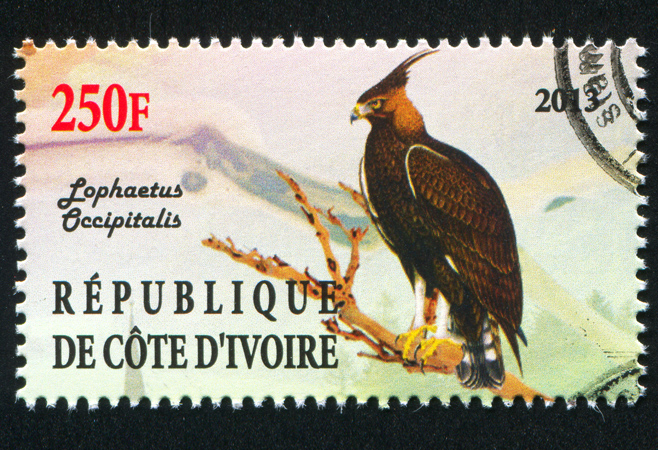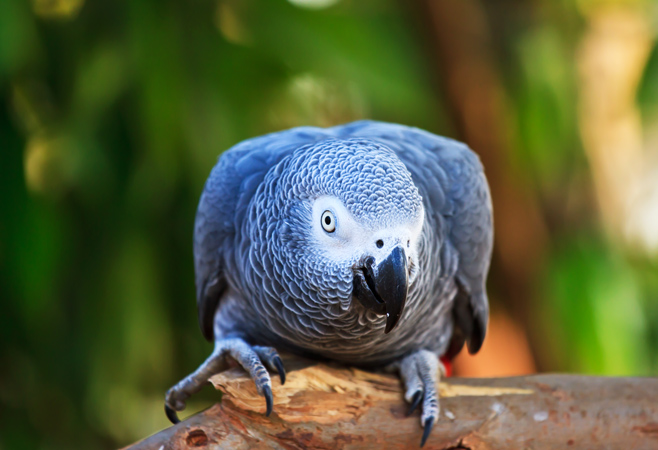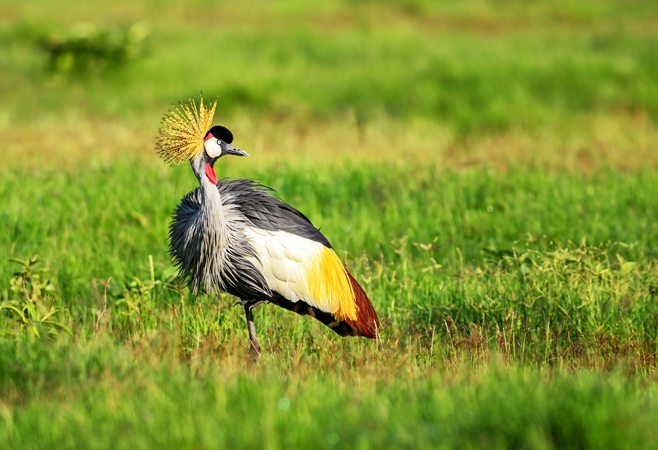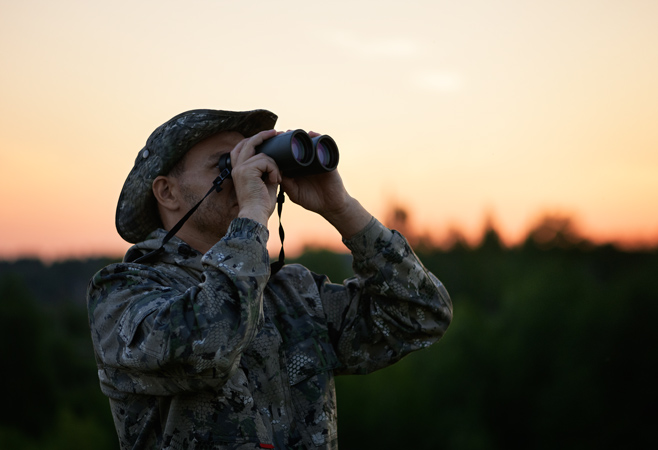Ivory Coast Birdwatching: Where Are Best Spots & Species
Ivory Coast, officially known as Côte d'Ivoire, is one of West Africa’s most diverse and ecologically rich countries. While it is often celebrated for its beaches and cocoa plantations, the Ivory Coast's birdwatching has emerged as a hidden treasure for eco-travelers and ornithologists. With over 700 recorded bird species, including endemic and migratory birds, the country offers exceptional opportunities to observe vibrant avian life across its forests, wetlands, and savannas.
This guide explores the best birdwatching locations, must-see species, and practical travel advice for bird lovers planning to visit the Ivory Coast.
 An IvoryCoast stamp printed shows a long-crested eagle
An IvoryCoast stamp printed shows a long-crested eagle
Why Choose the Ivory Coast for Birdwatching?
Ivory Coast lies within the Guinean Forests of West Africa, one of the world’s biodiversity hotspots. Its combination of tropical rainforests, mangroves, wetlands, and savannas creates habitats ideal for a wide variety of bird species. Whether you’re a professional birder or a casual traveler, birdwatching in the Ivory Coast promises encounters with both rare and colorful species in pristine, less-crowded environments.
Highlights include:
- Over 730 recorded bird species, including several Upper Guinea forest endemics.
- Prime locations for migratory birds traveling between Africa and Europe.
- National parks and reserves that are still largely unexplored by mass tourism.
 The African Grey Parrot
The African Grey Parrot
Top Birdwatching Locations in the Ivory Coast
1. Taï National Park
Located in the southwest, Taï National Park is a UNESCO World Heritage Site and home to one of the last primary rainforests in West Africa. The park hosts more than 250 bird species, including the White-breasted Guineafowl, Yellow-casqued Hornbill, and the Green-tailed Bristlebill. The dense canopy and tranquil atmosphere provide an immersive birding experience, best enjoyed with a local guide.
2. Banco National Park
Situated just minutes from Abidjan, Banco National Park offers a convenient birdwatching escape for city visitors. Despite its urban proximity, the park shelters species such as the Blue-billed Malimbe, Black-casqued Hornbill, and African Grey Parrot. Morning walks along the forest trails often reward patient birders with sightings of vibrant forest birds.
3. Comoé National Park
Covering over 11,000 square kilometers, Comoé National Park is one of the largest protected areas in West Africa. Its diverse habitats—from open grasslands to gallery forests—support species like the Bateleur Eagle, Abyssinian Roller, and Yellow-billed Shrike. The park is ideal for those seeking both birdwatching and wildlife viewing, as elephants, hippos, and antelopes are also common.
4. Azagny National Park
Located near Grand-Lahou, Azagny National Park features mangroves, lagoons, and swamp forests that attract numerous waterbirds. Birdwatchers can spot African Jacanas, Little Egrets, and Palm-nut Vultures. Boat tours along the lagoon provide a peaceful way to observe birds in their natural aquatic habitats.
5. Mount Nimba Strict Nature Reserve
Although most of Mount Nimba lies in Guinea and Liberia, the Ivorian section still offers opportunities to spot highland species such as the Nimba Flycatcher. The area’s altitude and cooler climate offer a different birding environment from the coastal plains.
6. Lamto Ecological Research Station
Habitat: Forest-savanna mosaic.
Key Species:
- Long-tailed Hawk (Urotriorchis macrourus)
- Blue-bellied Roller (Coracias cyanogaster)
- Ahanta Francolin (Pternistis ahantensis)
Best Time: Year-round (research station access)
 Black crowned crane
Black crowned crane
7. Assagny National Park & Ébrié Lagoon
Habitat: Mangroves & coastal wetlands
Key Species:
- Hartlaub’s Duck (Pteronetta hartlaubii)
- White-crested Tiger Heron (Tigriornis leucolopha)
- Large numbers of migratory waders can be observed between November and March
- Must-See Ivory Coast Bird Species (with eBird Codes)
Ivory Coast’s ecosystems host several species that are rare or endemic to the Upper Guinean Forest. Some of the most sought-after birds include:
- White-necked Rockfowl (Picathartes gymnocephalus) – One of West Africa’s most iconic and elusive birds.
- Yellow-casqued Hornbill (Ceratogymna elata) – Recognizable by its striking casque and loud calls.
- Gola Malimbe (Malimbus ballmanni) – Found primarily in forest interiors.
- Nimba Flycatcher – a highland species associated with the Mount Nimba area – A highland species limited to Mount Nimba.
- Blue-headed Bee-eater (Merops muelleri) – Known for its vivid blue plumage.
Ivory Coast Birdwatching Guide For Travelers
When to Go: Best Time for Birdwatching in the Ivory Coast
The best birdwatching period generally coincides with the dry season, from late November to April, coinciding with the dry season and Palearctic migration period. During these months, resident species are supplemented by numerous European and Asian migrants, significantly increasing species diversity.
The early dry season (November-January) offers the advantage of increased bird activity following breeding periods, while vegetation remains relatively low, improving visibility. Late dry season (February-April) provides excellent conditions for forest birding as canopy activity intensifies.
Wet season birding (May-October) presents challenges, including difficult access to remote locations and reduced bird vocalization. However, this period offers opportunities to observe breeding behavior and catch late-staying migrants before their return journeys.
How to Get There
Most birdwatching adventures start from Abidjan, the country’s main international gateway. From there:
- Taï National Park can be reached via San-Pédro (a 1-hour flight or 6-hour drive).
- Comoé National Park is accessible by road from Korhogo or Bondoukou.
- Azagny National Park is only a few hours’ drive from Abidjan, ideal for a weekend trip.
 A guided birdwatching scanning treetops with binoculars
A guided birdwatching scanning treetops with binoculars
Useful Tips for Birdwatching in the Ivory Coast
Hire a Local Guide: Guides familiar with the region can identify calls, locate hidden nests, and ensure safe navigation through forest trails.
Bring Proper Gear: A good pair of binoculars, a camera with a zoom lens, and lightweight clothing are essential.
Respect Conservation Rules: Avoid disturbing habitats and always follow park regulations. Many areas are protected to preserve fragile ecosystems.
Combine with Other Activities: Birdwatching can be paired with cultural tours, hiking, or visits to traditional villages near the national parks.
Ecotourism and Conservation Efforts
Ivory Coast is investing in sustainable ecotourism to protect its biodiversity. International collaborations and NGOs are working with local communities to promote wildlife conservation while generating income through tourism. National parks like Taï and Comoé are part of international monitoring programs to protect endangered bird species and maintain forest ecosystems.
By choosing Ivory Coast birdwatching tours, travelers directly support these conservation initiatives and help local economies grow sustainably.
Travelers can obtain an Ivory Coast e-Visa online, which simplifies entry procedures for tourists interested in eco-adventures.
Responsible Travel: Supporting the Ivory Coast’s Biodiversity
Birdwatching in the Ivory Coast is not only an adventure but also a contribution to the country’s conservation goals. Responsible tourists are encouraged to:
- Stay in eco-lodges or community-run accommodations.
- Avoid single-use plastics.
- Choose local tour operators who follow sustainable practices.
- Your visit can help protect vital ecosystems and ensure that future generations can continue to enjoy the Ivory Coast’s incredible birdlife.
Conclusion
With its rich biodiversity, varied habitats, and growing ecotourism infrastructure, the Ivory Coast birdwatching offers an unforgettable experience for travelers seeking authentic encounters with nature. Whether exploring the dense jungles of Taï or the serene wetlands of Azagny, birdwatchers can expect to see some of Africa’s most fascinating species in peaceful, unspoiled surroundings.
Start planning your birdwatching adventure today—discover the untamed beauty of Côte d’Ivoire and apply for your Ivory Coast e-Visa to embark on an eco-travel experience unlike any other.
Related Articles
- Top Kitesurfing Spots in Ivory Coast: Where and When
- Ivory Coast Visa and Travel Advisory Updates for Tourists
- Ivory Coast Desserts: Must-Try Dishes for Travelers
- Top African Airports Every Traveler Should Know
- Visa-Free Travel to the Ivory Coast - Things to Know
- Top Outdoor Activities to Experience in the Ivory Coast
- Top Must-Do Activities in the Man Region You Can’t Miss
- Best eSIM for Ivory Coast Travel: Everything You Need to Know
- Hiking Mount Nimba: Trails, Wildlife, and Conservation Info
HOW CAN WE HELP?
APPLY WITH CONFIDENCE
|











